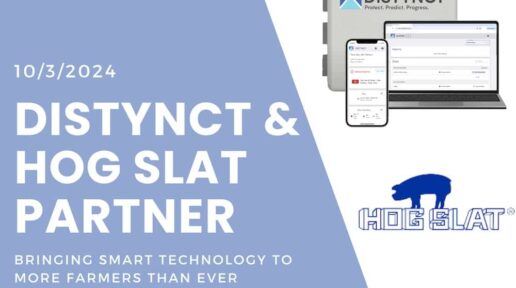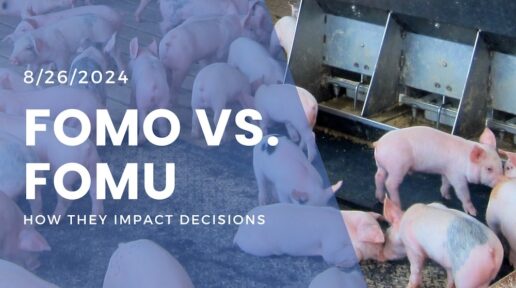Connectivity in the ag industry: the status quo
In rural areas – where most pork production facilities are located – reliable connectivity is hard to come by. It’s not as profitable for broadband internet companies to serve and/or maintain service in more remote areas. According to the FCC, about 14 million rural Americans lack LTE broadband.
So, many farmers rely on landlines or slow 3G networks for their connectivity.
But landline maintenance is becoming less and less common, with many being phased out completely. On top of that, it’s getting more and more expensive for consumers to keep a landline. In fact, many companies will raise their rates, hoping people will finally cut the cord.
Thousands of farmers then turn to a cellular pack, like a Verizon hotspot, for their connection. But those packs have traditionally relied on 3G service, which is becoming increasingly unreliable.
Carriers even began phasing out 3G completely in 2022. As technology evolves, 3G will become more and more obsolete.
What happens without reliable connectivity?
For producers who use alarm systems to monitor their barns, this lack of reliable connectivity in rural areas can be devastating.
A grower might have an alarm system physically installed in their barn. But if they still depend on an outdated and/or poorly maintained system for their connectivity, there’s no guarantee those alarms will actually work. (Worse, those barn managers might not even realize it’s not working.)
For example, if an operation relies on 3G and an alarm starts going off – but it can’t connect to a cell signal – then nobody gets an alert that something is wrong.
“A lot of these barns I get to, I’ll see that the system is trying to call out, but there’s no connection or landline that’s working,” said Craig Blass, a Distynct engineer who works on day-to-day installs. “The alarm is going off, but nobody is getting the call that the alarm is going off.”
Meanwhile, as the phaseout of the 3G network continues, some producers’ alarm systems will simply die.
Now what?
Needless to say, the lack of connectivity is a massive problem for anyone trying to use a smart alarm system. Millions of dollars are at stake, when you take into account both your buildings and animals.
It’s a big risk to install alarms without a reliable connection in your barn – especially for pork production facilities, where the health and safety of live animals is at stake.
The world continues to move away from legacy solutions like landlines and 3G cell service. So it’s important that modern technology powers your alarm system.
At Distynct, we install a cellular-enabled gateway unit, where all sensors are wired into. But on top of that, we also install an external booster antenna. That antenna multiplies the available cell signal and expands the range of cell towers your system can connect to.
It’s the best of the digital and analog worlds – and leaves you with connectivity you can actually count on.
Reliable connectivity also means visibility over your connection
Traditional systems – like 3G – don’t typically notify users when the network is down. And as cellular networks continue to evolve (quickly), old networks become less and less reliable.
So, not only is the connection itself unreliable. But producers are also working blind. They don’t even realize when their connection has failed.
With Distynct, transparency and proactivity about a potential outage is key for customers. If there has been a disconnection, Distynct customers will know about it immediately.
But the rarity of those notifications is just one example of reliable connectivity in action.
“The industry is used to assuming the connection is bad and it’s not working,” said Distynct Director of Product, Justin Van Wert. “By way of building these systems and having proactive communication that the system is actually working, producers can have some peace of mind.”
Set yourself up for the future
There are more tech tools than ever for pork production facilities. But they’re not much use if they can’t connect to the internet, trigger alerts, or upload data.
The availability and capability of new technology is only going to continue to evolve. Now is the time to make sure your connection doesn’t hold you back from taking advantage of those tools.


